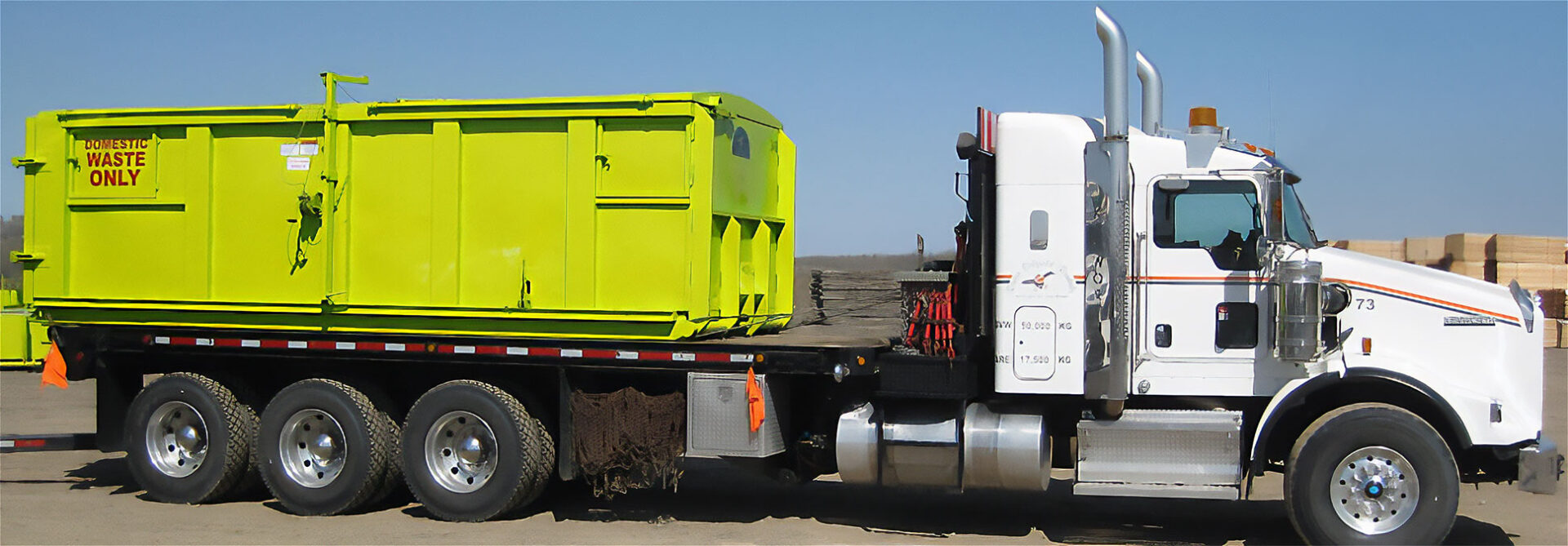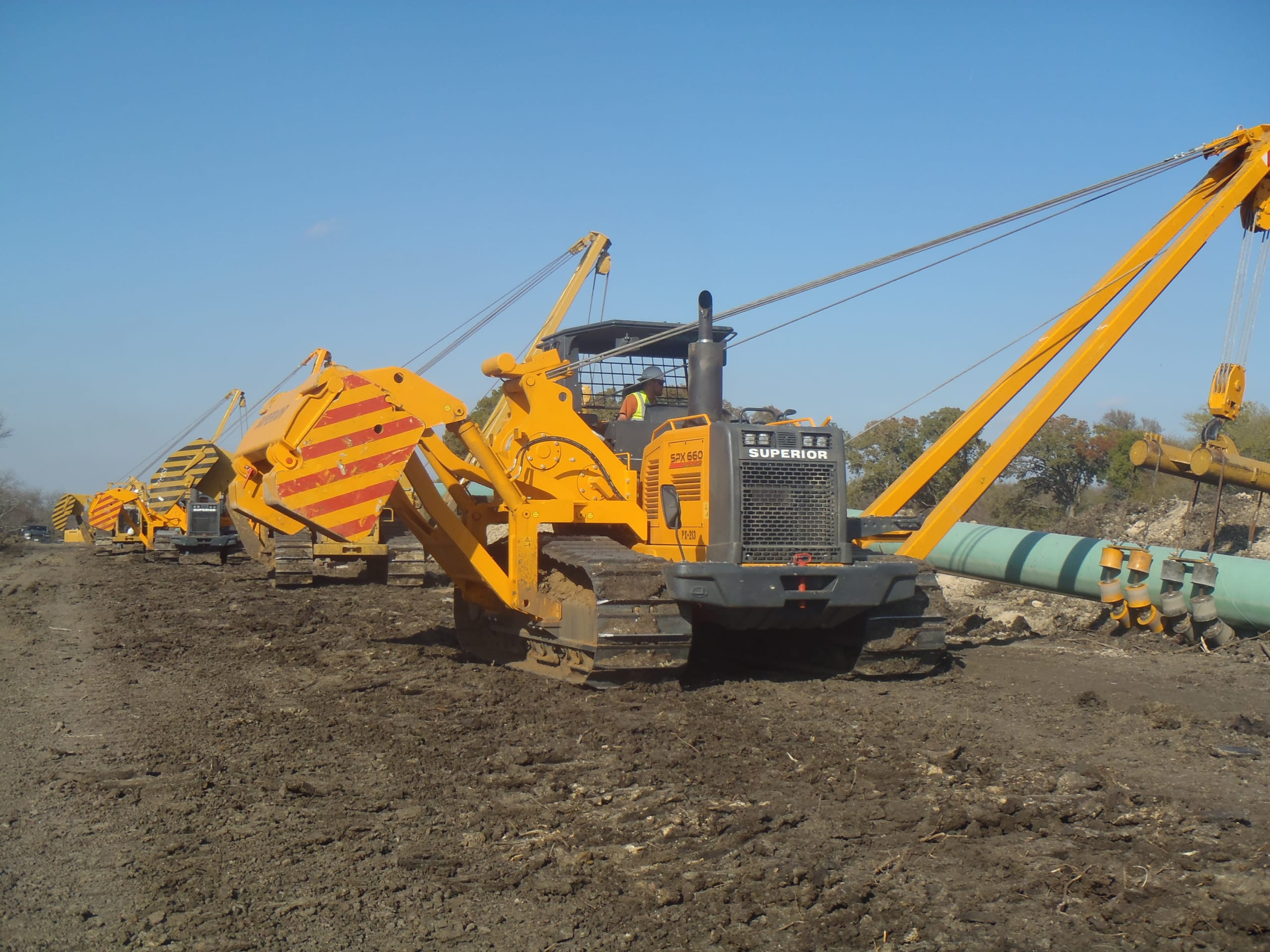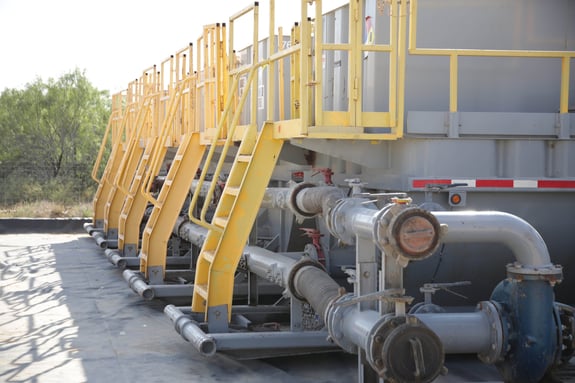Superior rentals squeeze tools: importance in safety you should know
A Comprehensive Guide to the Numerous Kinds of Oil Field Equipment and Pipeline Equipment Available
The oil and gas industry relies heavily on specialized devices for effective removal and transport. Various kinds of equipment, from drilling rigs to storage tanks, play important functions in this complicated process. Each piece of equipment serves unique functions that contribute to general operational success. Comprehending these elements is necessary for anyone associated with the sector. As the industry evolves, so too do the innovations that sustain it. What improvements are on the perspective?

Drilling Rigs: The Backbone of Oil Expedition
Drilling rigs act as the necessary machinery in the domain name of oil expedition, enabling firms to access hydrocarbon books hidden deep below the Planet's surface. These rigs are available in numerous kinds, including land rigs, offshore rigs, and mobile systems, each made to operate in certain settings. Geared up with innovative technology, drilling rigs can pass through geological formations with precision, making sure reliable resource removal. The architectural integrity and functional capabilities of these rigs are critical, as they should stand up to extreme problems and substantial pressures. Furthermore, the option of a boring gear influences the total project expense and timeline, making it a crucial factor to consider for oil business looking for to maximize their exploration efforts and maximize performance in their operations.
Pumps: Important for Fluid Movement
In the oil removal procedure, the role of pumps is considerable, assisting in the activity of liquids throughout numerous stages of manufacturing. Pumps are essential for delivering petroleum, water, and other fluids from underground reservoirs to the surface area and then with pipelines to refineries. They come in numerous types, including centrifugal, favorable variation, and completely submersible pumps, each offering specific purposes based upon the fluid qualities and functional needs. Centrifugal pumps are commonly used for their efficiency in high-flow applications, while favorable variation pumps excel in dealing with thick fluids. The option of pump influences total effectiveness, functional safety, and maintenance costs. Proper selection and upkeep of pumps are vital for optimizing production and lessening downtime in oil area operations.
Shutoffs: Managing Circulation and Pressure

Valves play an important function in taking care of the circulation and pressure of fluids within oil fields and pipes. Different sorts of valves offer unique applications, each created to fulfill particular functions essential for effective procedure - Superior Rentals midland. Comprehending the features and uses of these valves is vital for maximizing system performance and safety and security
Kinds of Valves
Necessary parts in oil field procedures, shutoffs play an important role in managing the flow and stress of fluids within pipes and tools. Various sorts of valves are utilized to fulfill the varied demands of oil and gas manufacturing. Usual kinds consist of gate shutoffs, which offer a straight-line flow and marginal stress drop; globe shutoffs, known for their throttling capabilities; and sphere valves, acknowledged for their fast on/off control. In addition, check valves avoid heartburn, while butterfly valves supply a light-weight service for managing circulation. Each shutoff kind is made with specific products and setups to withstand the rough problems usually discovered in oil fields, guaranteeing integrity and efficiency in procedures. Understanding these kinds is vital for effective system management.
Valve Applications and Functions
While numerous sorts of valves serve distinct objectives, their main applications focus on regulating flow and stress within oil and gas systems. Shutoffs such as gate, globe, and ball shutoffs control liquid movement, ensuring peak efficiency and security. Gateway valves are typically utilized click reference for on/off control, giving marginal flow resistance. World valves, on the other hand, offer precise circulation law, making them suitable for throttling applications. Ball shutoffs are preferred for their fast procedure and limited securing capabilities. On top of that, pressure relief shutoffs are crucial for preventing system overpressure, guarding tools stability. In general, the appropriate option and application of valves boost functional effectiveness, ensuring the dependable transportation of oil and gas through pipelines and processing facilities.
Compressors: Enhancing Gas Transportation
Compressors play a crucial function in the efficient transport of gas, ensuring that it moves smoothly through pipes over fars away. These devices boost the stress of gas, allowing it to conquer rubbing and altitude modifications within the pipeline system. Additionally, compressors assist in the harmonizing of supply and need, fitting changes in intake and manufacturing rates. Numerous kinds of compressors are employed in the industry, including centrifugal, reciprocating, and rotating screw compressors, each offering distinctive advantages based on the operational demands. Normal upkeep of these compressors is necessary to maximize performance and minimize downtime, ultimately adding to a dependable gas transport network. Their crucial function highlights the significance of compressors in the overall oil and gas infrastructure.
Storage Tanks: Safe and Effective Liquid Management
Efficient transport of natural gas relies upon numerous support group, one of which is the proper monitoring my website of tank. These containers play an important role in securely consisting of fluids, ensuring that operational performance is preserved while reducing ecological threats. Created from resilient materials, they are created to withstand high stress and destructive aspects. Effectively sized and tactically located, storage containers promote the smooth flow of gas and other fluids, stopping bottlenecks in supply chains. Routine maintenance and monitoring are critical to discover leaks or architectural issues, promoting security and compliance with governing requirements. Inevitably, the reliable management of tank is vital for the general honesty and reliability of the oil and gas industry's liquid handling systems.
Pipeline Equipments: Framework for Transportation
Pipeline systems act as the foundation of the oil and gas industry, helping with the effective transportation of hydrocarbons over huge ranges. These systems include different parts, consisting of pipelines, valves, pumps, and compressors, all meticulously made to guarantee seamless flow. The products used in pipeline construction, usually steel or high-density polyethylene, are selected for resilience and resistance to corrosion. Pipeline networks can span throughout land and water, linking manufacturing sites to refineries and distribution. In addition, advanced technology enables real-time surveillance of circulation rates and pressure levels, improving functional effectiveness. The critical positioning of these visit this page pipes reduces environmental effect while making the most of resource access, thereby playing an essential duty in meeting energy demands worldwide.
Safety And Security Equipment: Ensuring Worker and Environmental Security
The procedure of pipeline systems, while important for power transport, also presents significant safety difficulties for employees and the setting. Safety and security tools plays a considerable duty in reducing these risks. Personal safety tools (PPE) such as headgears, handwear covers, and non-slip shoes safeguards employees from physical risks. Furthermore, gas detection systems monitor for leaks, guaranteeing that hazardous materials do not pose a hazard to employees or the bordering ecological community. Emergency shutdown systems are essential for quickly stopping procedures throughout a situation, avoiding prospective calamities. Spill containment materials, including absorbents and obstacles, are fundamental for reducing ecological influence. On the whole, spending in all-encompassing safety and security equipment is critical for keeping operational stability and securing both employees and the atmosphere in the oil and gas industry.

Often Asked Concerns
Exactly how Do I Select the Right Oil Field Equipment for My Project?
Selecting the ideal oil area devices entails examining task specifications, budget restrictions, and operational needs. Consider elements such as devices integrity, compatibility with existing systems, and the vendor's track record to assure peak performance and security.
What Are the Upkeep Demands for Oil Field Equipment?
Upkeep requirements for oil field equipment consist of routine inspections, lubrication, and timely repair work. Operators must additionally stick to supplier guidelines, display efficiency metrics, and guarantee compliance with safety and security policies to enhance longevity and performance.

How Can I Make Certain Compliance With Environmental Regulations?
To guarantee compliance with environmental policies, business need to conduct regular audits, apply finest practices, invest in training, maintain proper documentation, and remain updated on legislation (Superior Oilfield Rentals oilfield). Cooperation with environmental firms can also improve adherence to guidelines
What Is the Average Lifespan of Pipeline Equipment?
The average lifespan of pipeline devices typically ranges from 20 to 50 years, relying on factors such as material quality, environmental conditions, and maintenance methods. Routine examinations can significantly affect long life and operational efficiency.
Exactly how Do I Securely Transfer Oil Field Equipment to Remote Locations?
Delivering oil area equipment to remote places needs cautious planning, including path analysis, securing permits, utilizing appropriate cars, and guaranteeing safety procedures are adhered to. Correct training and interaction amongst teams are necessary for successful transportation.